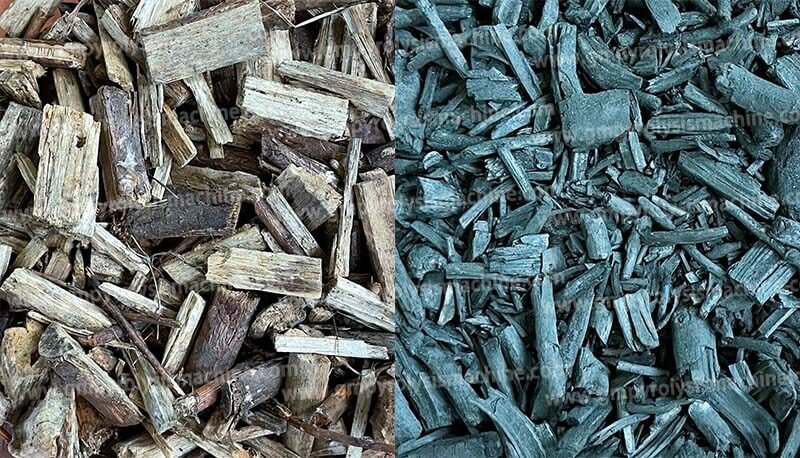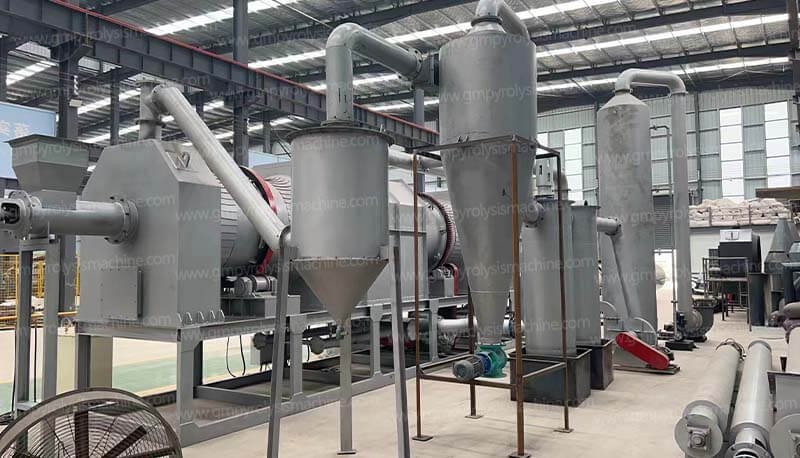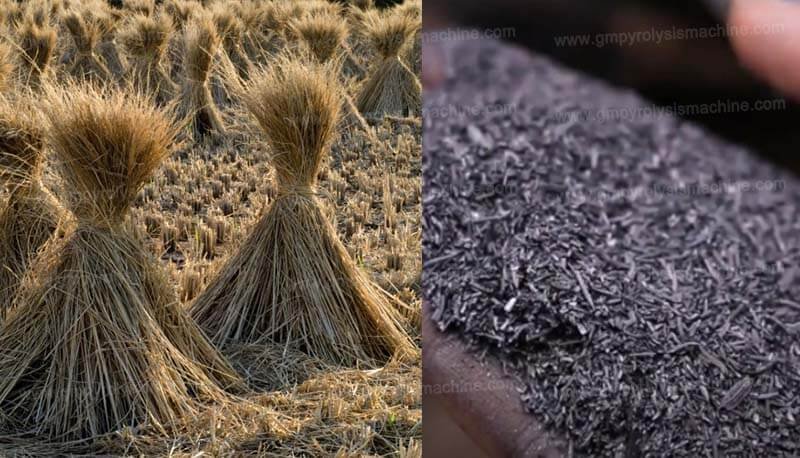If you’re exploring sustainable waste management or biofuel production, a continuous carbonization pyrolysis machine is a game-changer. But before investing, the first question is: How much does a continuous carbonization pyrolysis machine cost? Prices vary widely—from $75,000 to $500,000+—depending on capacity, technology, and automation.
Why Invest in a Continuous Pyrolysis Machine?
Continuous carbonization pyrolysis machines convert biomass, plastic, or rubber waste into valuable outputs like biochar, oil, and syngas. Unlike batch systems, they operate 24/7 with minimal downtime, making them ideal for large-scale recycling plants. With governments pushing circular economy policies, these machines offer a dual win: profitability and environmental compliance. But understanding the continuous carbonization pyrolysis machine cost is key to smart budgeting.
5 Factors Affecting Continuous Pyrolysis Machine Pricing
1. Processing Capacity
Capacity (measured in kg/hour) is the biggest cost driver. For example:
A 500 kg/h machine processes 12 tons daily, ideal for municipal waste projects.
A 2,000 kg/h system handles 48 tons/day, suited for tire or plastic recycling conglomerates.
Larger reactors, feeders, and condensers increase material and manufacturing costs by 40–60% per capacity tier.
2. Technology and Design
Direct vs. Indirect Heating: Indirect heating systems (using hot air or sand) reduce emissions but cost 20–30% more than direct flame designs.
Automation Level: Semi-automatic machines require manual feeding/ash removal ($80k–$200k). Fully automated PLC-controlled systems ($250k+) cut labor costs by 50% (This data is for reference only).
3. Material Compatibility
Machines optimized for specific feedstocks have tailored components:
Tire pyrolysis: Requires reinforced reactors to handle high sulfur content ($120k–$400k) (This data is for reference only).
Biomass carbonization: Needs gas purification systems to filter syngas ($90k–$250k) (This data is for reference only).
Plastic waste: Demands advanced catalytic converters to improve oil yield ($150k–$350k) (This data is for reference only).
4. Reactor Material Quality
Reactor durability impacts both cost and longevity:
Mild steel: Cheaper ($75k–$180k) but prone to corrosion, lasting 3–5 years (This data is for reference only).
Stainless steel 304/316: Costs 25–40% more but extends lifespan to 8–12 years.
5. Emission Control Systems
Strict environmental regulations require:
Cyclone dust collectors ($8k–$20k) (This data is for reference only).
Wet scrubbers ($12k–$30k) (This data is for reference only).
Carbon capture units ($25k–$50k) (This data is for reference only).
Skipping these may lower upfront costs but risk fines or shutdowns.
Hidden Costs of a Continuous Pyrolysis Plant
Beyond the machine price, budget for:
Installation: $15k–$50k (foundation, electrical work, piping) (This data is for reference only).
Shipping: $10k–$80k (varies by container size and origin; Chinese machines are 30% cheaper than EU/US equivalents) (This data is for reference only).
Taxes and Duties: 5–25% of CIF value, depending on your country.
Operational Costs:
Labor: $2k–$8k/month (This data is for reference only).
Power: $1.5–$4 per ton processed (This data is for reference only).
Maintenance: $5k–$15k annually (This data is for reference only).
How to Reduce Pyrolysis Machine Costs
1. Choose the Right Capacity
Avoid over-investing. Start with a 500 kg/h unit and scale up as demand grows.
2. Opt for Semi-Automatic Systems
Reduce upfront costs by 30% if labor is affordable in your region.
3. Source from Reliable Manufacturers
(e.g., Guanma Machinery) to negotiate bulk discounts.
4. Leverage Government Grants
Smart Investment in Continuous Carbonization Tech
The continuous carbonization pyrolysis machine cost is significant, but ROI is fast if you optimize feedstock, capacity, and energy use.
Contact Guanma Machinery for a FREE quote tailored to your feedstock, capacity, and budget.







